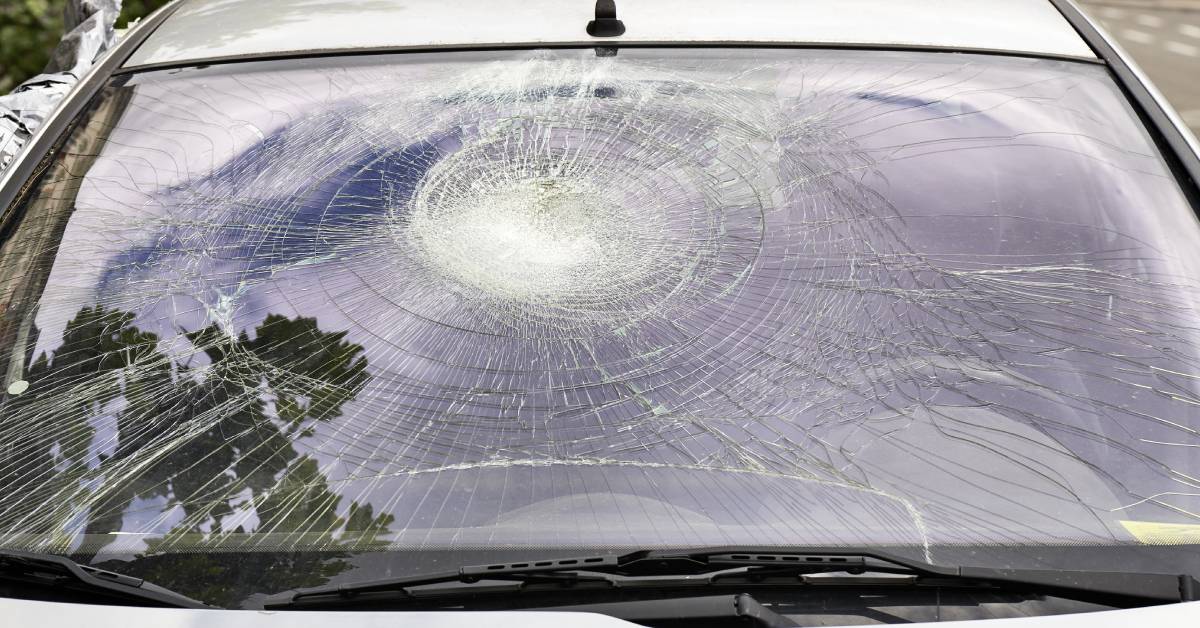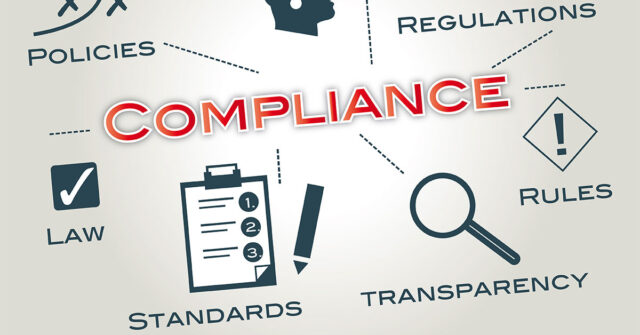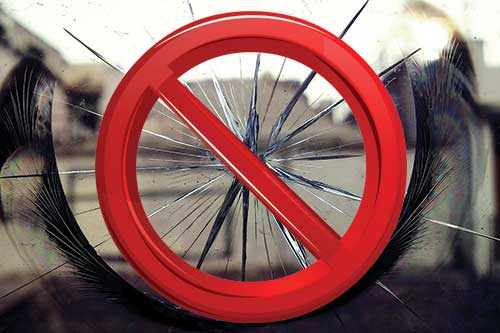In today’s fast-paced world, it is crucial to stay updated with the latest changes in various fields, and the windscreen repair industry is no exception.
This article aims to provide a comprehensive understanding of the legal changes in windscreen repair standards, particularly in the Australian context.
Understanding the Importance of Windscreen Repairs
Vehicle maintenance is a multi-faceted issue, and windscreen repairs hold significant importance in this realm.
While it may seem like a minor aspect, windscreen maintenance carries a weight that is often overlooked.
The Role of the Windscreen in Vehicle Safety
Modern vehicle design considers the windscreen as a crucial component of the structural integrity of a vehicle.
It supports the roof, aids in the deployment of airbags and protects passengers from external elements. A well-maintained windscreen is critical for safety.
Consequences of Neglecting Windscreen Repairs
Ignoring windscreen damage can lead to serious repercussions.
Apart from the obvious risk of impaired vision, an unrepaired windscreen can compromise the vehicle’s structural stability, increase the chances of injury during accidents, and may even result in hefty fines for non-compliance with legal standards.
Australian Legal Standards for Windscreen Repairs
It is important to understand that windscreen repair standards in Australia are governed by a set of specific laws and regulations.
The Australian Design Rules (ADRs)
The Australian Design Rules (ADRs) are national standards applicable to all vehicles in Australia. They cover a range of issues, including standards for windscreens and their repair.
The ADRs provide guidelines for windscreen visibility, strength, and other features related to safety.
State-specific Regulations
Besides the ADRs, some Australian states have specific regulations about windscreen repairs.
These may include specifications about the permissible damage size, location, and types of repairs allowed. Vehicle owners are advised to check the regulations applicable to their specific state.
Changes in Australian Windscreen Repair Laws
With advancements in technology and understanding of vehicle safety, the legal standards for windscreen repairs in Australia have seen significant changes over time.
Historical Overview
The Australian windscreen repair laws have evolved considerably since their inception.
Initially, there was little guidance regarding windscreen repair, but as the understanding of safety implications increased, more stringent regulations were developed.
Recent Legal Changes
In recent years, the Australian government has introduced more precise and strict standards for windscreen repairs.
This includes an increased emphasis on the type and extent of damage, location of damage, and repair methodologies. The changes aim to further improve vehicle safety and the quality of repair services.
Comprehending Windscreen Damage: What’s Legal, What’s Not?
Understanding the difference between legal and illegal windscreen damage is a critical part of compliance. Let’s delve deeper into the factors that define the legality of windscreen damage.
Type and Extent of Damage
Different types of damages such as chips, cracks, bulls-eye damages, and star breaks have varying degrees of legality depending on their size and location.
In general, minor damages that do not impair the driver’s vision and are outside the critical vision area may be considered legal.
Location of Damage
The location of the damage on the windscreen plays a significant role in determining its legality.
Damages in the driver’s line of sight, also known as the ‘critical vision area’, are typically subject to strict regulations due to the direct impact on driver visibility.
Size of Damage
The size of the damage also influences its legality.
While minor chips and cracks might be permissible, larger damages that compromise the structural integrity of the windscreen or hinder visibility may be deemed illegal.
Responsibilities and Liabilities for Non-compliance
Non-compliance with windscreen repair laws in Australia can lead to serious consequences. Vehicle owners, drivers, and repair service providers all share responsibilities and liabilities in this regard.
Best Practices in Windscreen Repairs
Following best practices can go a long way in ensuring high-quality windscreen repairs, compliance with laws, and optimal safety.
Understanding Repair versus Replacement
Not all windscreen damages necessitate a full replacement. Many chips and small cracks can be effectively repaired.
However, factors like the size, type, and location of the damage, as well as the overall condition of the windscreen, can dictate whether a repair or replacement is the most appropriate solution.
Selecting a Certified Windscreen Repair Service
Choosing a certified windscreen repair service is paramount. Certified providers are equipped with the necessary training, knowledge, and resources to carry out compliant and high-quality repairs.
Utilizing Quality Repair Materials
The use of high-quality repair materials is integral to achieving a successful windscreen repair.
Quality materials ensure that the repair holds up under various conditions and extends the lifespan of the windscreen.
Role of Insurance in Windscreen Repairs
Insurance plays a pivotal role in windscreen repairs. Understanding your coverage and the claim process can significantly mitigate the financial implications of windscreen repairs.
Understanding Your Insurance Coverage
Insurance policies vary widely in terms of what they cover for windscreen repairs or replacement.
It is crucial to thoroughly read your policy or consult with your insurance provider to understand what is covered.
Insurance Claim Process for Windscreen Repairs
The process to claim insurance for windscreen repairs can be intricate.
Generally, it involves informing the insurance company, getting the damage assessed, getting repair quotes, and finally getting the repair work done.
It’s important to document details about the damage including when it occurred for a smooth claim process.
Preparing for the Future: Upcoming Changes in Legislation
As technology and safety understanding advance, the laws and regulations governing windscreen repair standards also evolve.
Being prepared for future changes is key to maintaining compliance and ensuring safety.
Proposed Changes
While it’s hard to predict exact legal changes, continuous advancements in vehicle design, repair techniques, and materials are likely to influence future regulations.
Staying informed about proposed changes in legislation can help vehicle owners and service providers prepare in advance.
Implications for Vehicle Owners and Repair Services
Any change in legal standards has significant implications for both vehicle owners and repair services.
While owners need to ensure their vehicle complies with the updated rules, repair services need to adapt their methodologies, tools, and training to comply with the new regulations.
Conclusion: Staying Informed and Compliant
Keeping up with legal changes in windscreen repair standards is a continuous process. It’s crucial for safety, legal compliance, and maintaining the longevity of your vehicle.
The Importance of Regular Vehicle Maintenance
Regular vehicle maintenance, including timely windscreen repairs, plays a significant role in preventing major damages and ensuring safe driving.
It also helps in identifying potential issues early on and mitigating them before they escalate.
Keeping Up with Changes in Legislation
Staying informed about changes in legislation is not just a responsibility, but also a means of protecting yourself from potential legal issues.
Subscribe to relevant updates, consult with experts, and ensure your vehicle meets all the current standards for a worry-free ride.





